Easter in Cornwall: 6 Egg-citing Activities in 2025
Spend Easter in Cornwall this year and enjoy these Easter-themed events happening across the county. For families with young...
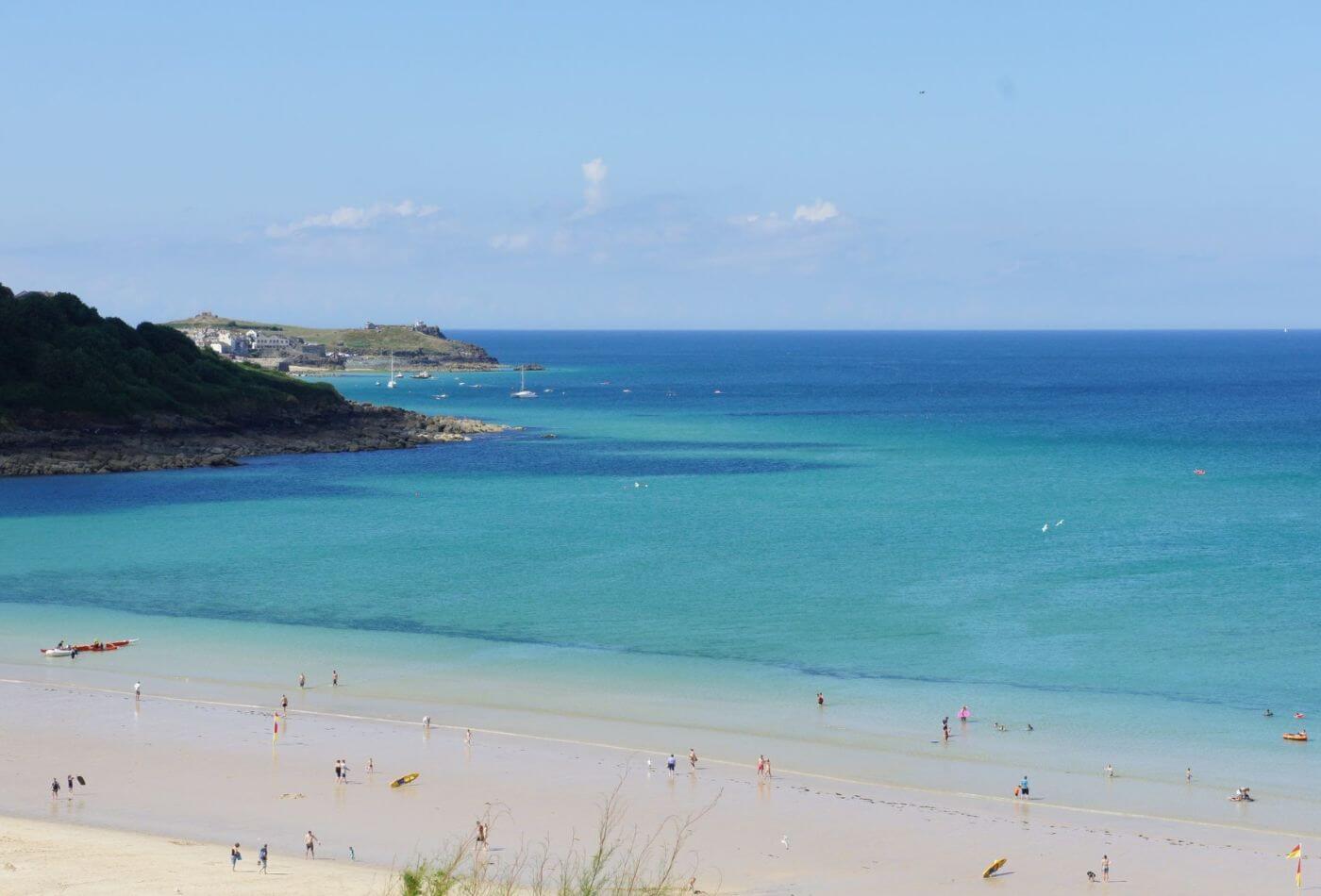
Seals in Cornwall are one of the most popular animal attractions. Cornwall has approximately 1086km of coastline from which can be seen not just seals, but seagulls, dolphins, and sharks. Cornwall plays host to two breeds of seal: the grey seal and the common seal, otherwise known as harbour seals.
Before we start, a serious question: Are seals dangerous? The simple answer – yes, but not all the time. Seals can be very playful, especially around humans. However, they are also incredibly strong and could seriously injure you if they think you’re trying to attack them. Don’t feed wild seals either – they are perfectly capable of getting their own food. Not only could they hurt you, feeding wild seals trains them into thinking all humans are friendly which is not the case.
Various seal breeds are endangered, partially due to over-hunting by humans. Although commercial hunting is now illegal in most countries, people take advantage of the fact that a lot of seals are confident to approach humans and boats, both of which can harm them.
Safety talk over.
Right, let’s get going.
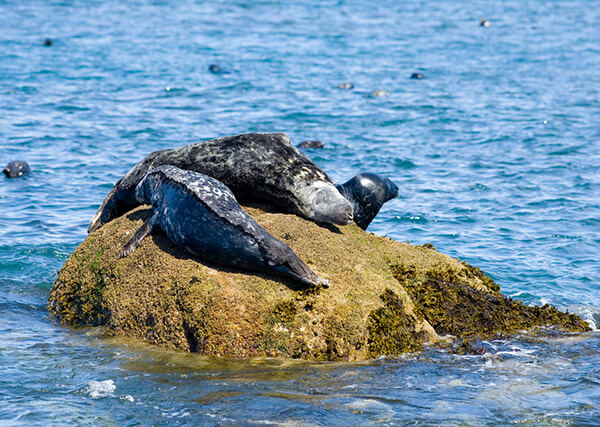
Seals can be seen all year round in Cornwall as they are non-migratory. Common seals, especially, tend to stay close to where they were born.
When it’s nice weather, they will “haul out” onto the beaches and rocks to sunbathe. After feeding they haul out to let their food digest and will use this technique to help them rest after swimming for long amounts.
Breeding time, more commonly known as “pupping time” for seals, occurs at different times of the year for common and grey seals. For grey seals, pupping time runs from September through to January. Female seals will give birth to a single pup, pulling themselves ashore in an isolated location such as a cave or cove. The females often group together at this time so it’s likely to see up to 150 seals with their pups in one location.
Common seals give birth to a single pup in June or July. Like grey seals, they prefer quiet and isolated locations, and will often gather together, though in smaller groups.
Mothers spend around 2-4 weeks with their pup, feeding it as it grows in size. After this time, they leave the pup to fend for itself so towards the end of pupping time, it is not uncommon to see an area of beach with parentless pups.
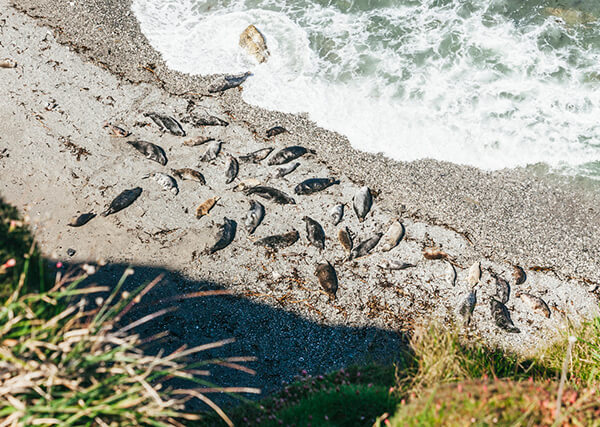
Please note that in Cornwall the seal pupping season is usually August to December with the peak months in October and November, but in the last two years, the pupping season appears to have become a lot shorter and more intense with most pups being born in late Sep and Oct. During these months we ask that if you want to see Seals up close that you go to one of the sanctuaries available to the public like the Cornwall Seal Sanctuary in Gweek.
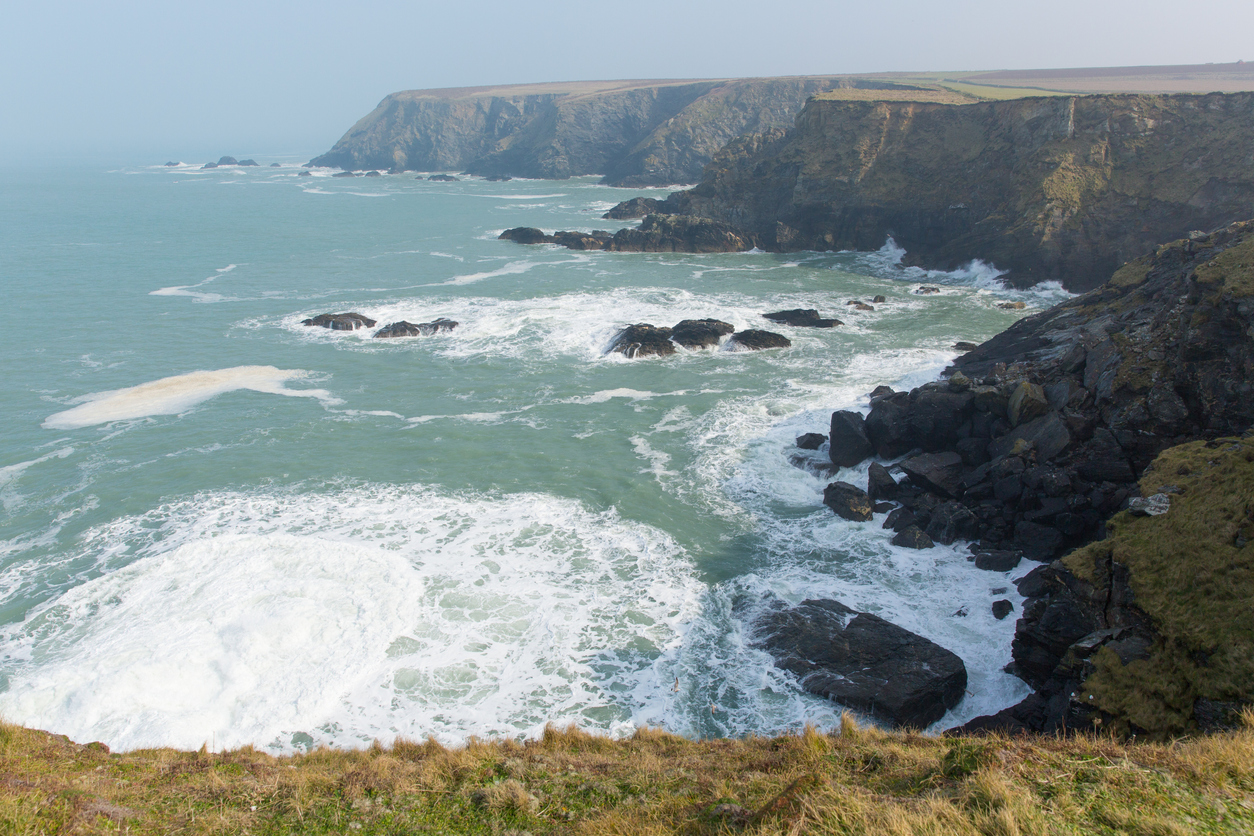
Mutton Cove near Godrevy is famous for the number of seals that gather there to haul out every year. There is no way down to the cove from the cliff, making it a safe space for them to gather.
Seals haul out there the majority of the year, allowing walkers to view them from the clifftop above.
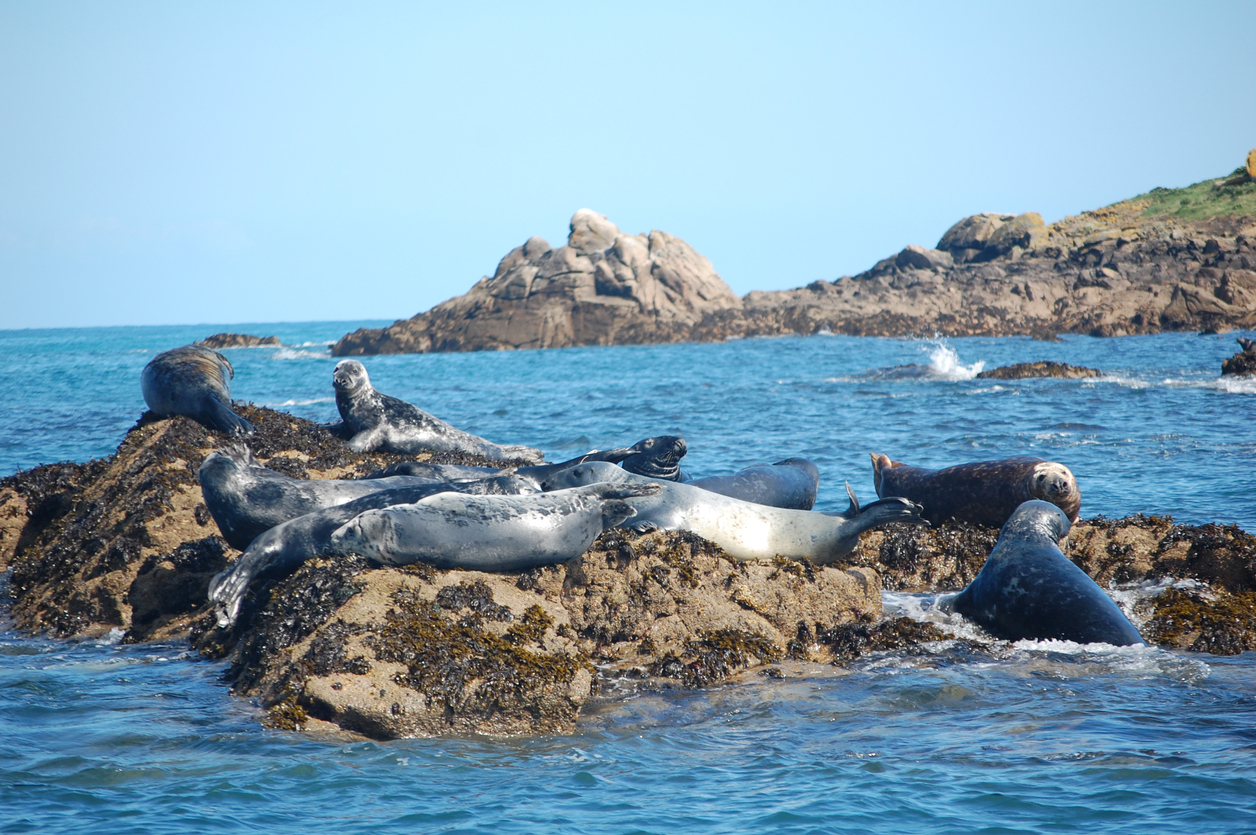
–
Seal Island sits just outside St Ives and is a beautiful and easy place to see a colony of grey seals. Seals haul out and can be seen on the many boat tours that go out there. However, if you’re not a fan of boats, the local cliff paths will allow you access. Just make sure you bring a pair of binoculars.
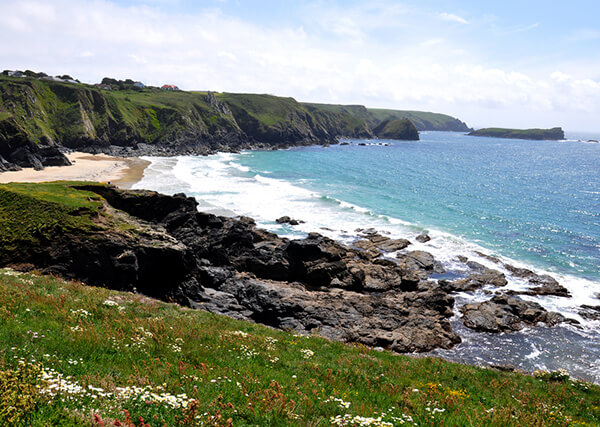
Polurrian Beach lies between Poldhu Beach and Mullion Cove and is accessed by the cliff paths that come down either side. Despite it being a common dog-walking beach, it is filled with common seals over the summer due to its enclosed nature. After a small number of seals haul up, the beach is generally closed to the public. This prompts more seals to arrive, which can generally be seen from the cliffs above.
Access to the cliff paths is still available.
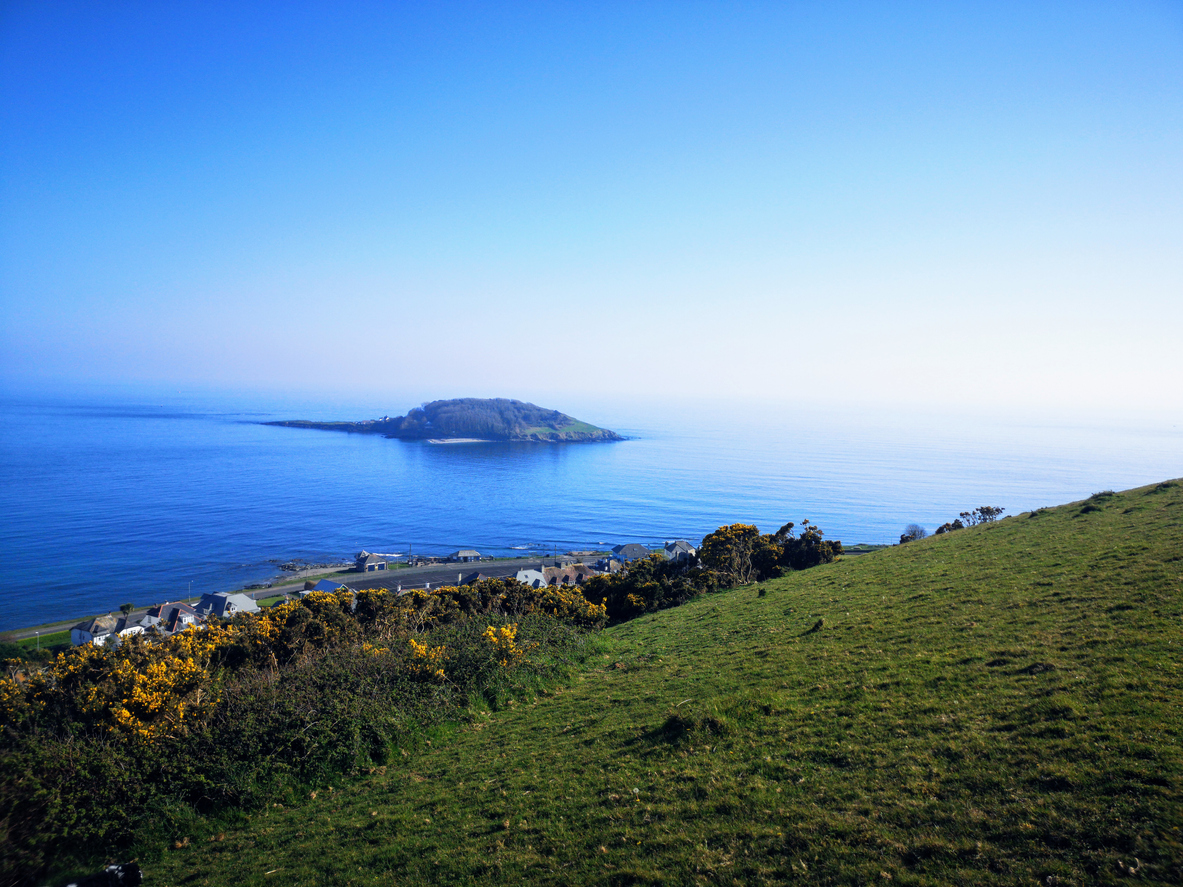
Looe sits close to the Cornwall-Devon border. Grey seals inhabit the waters around Looe Island for the spring and summer months before the females travel elsewhere to breed. Occasionally, harbour seals and dolphins appear in the area as well.
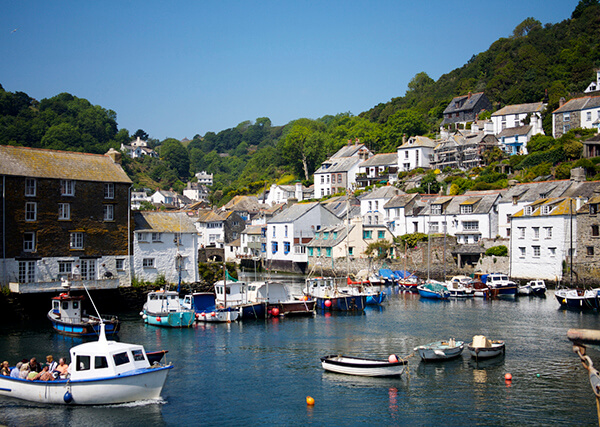
Padstow is in North Cornwall and is home to hundreds of seals. Whilst there are very few on the beaches, there is a multitude of Sea Safaris for you to be taken out to sea to spot seals, dolphins, and other local creatures.
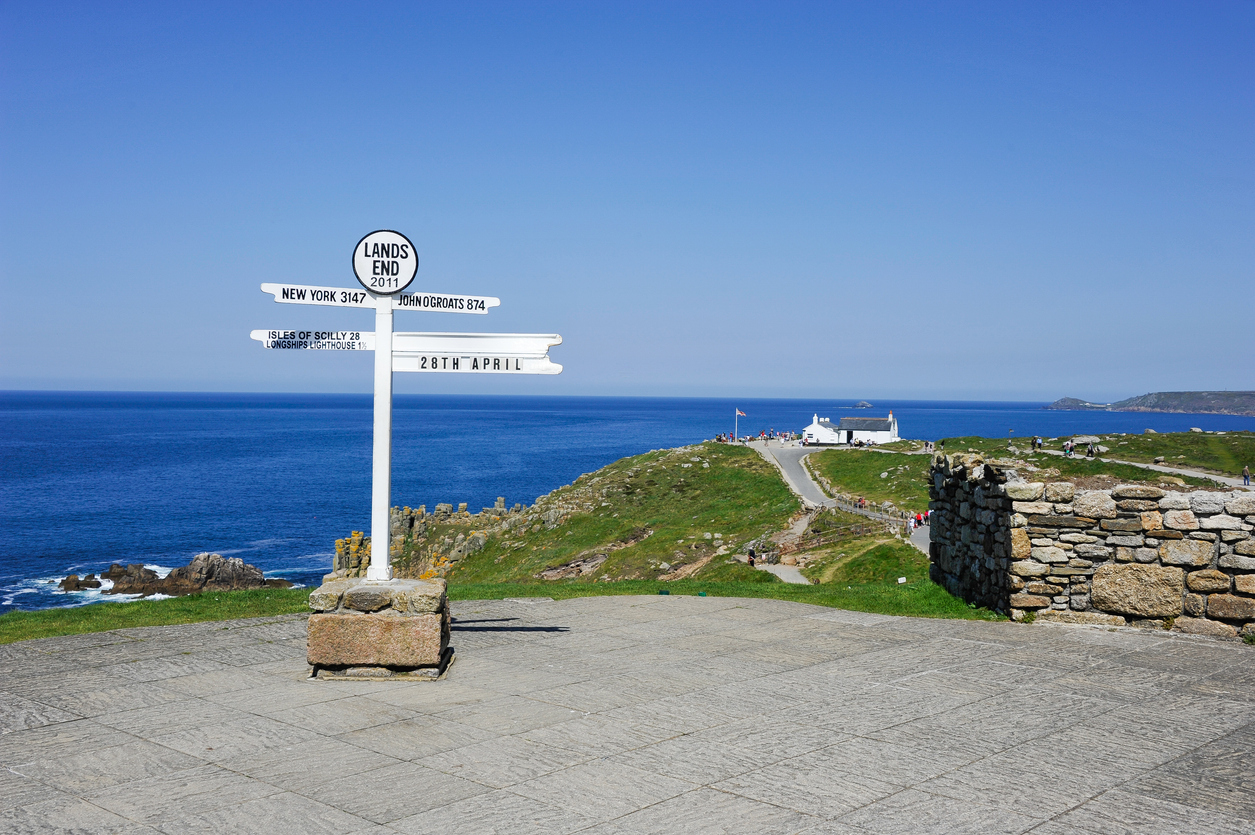
Grey seals can be spotted around Land’s End at all times of the year. They haul out onto the rocks during the day, but there are enough closed off coves that mothers return there during the pupping time.
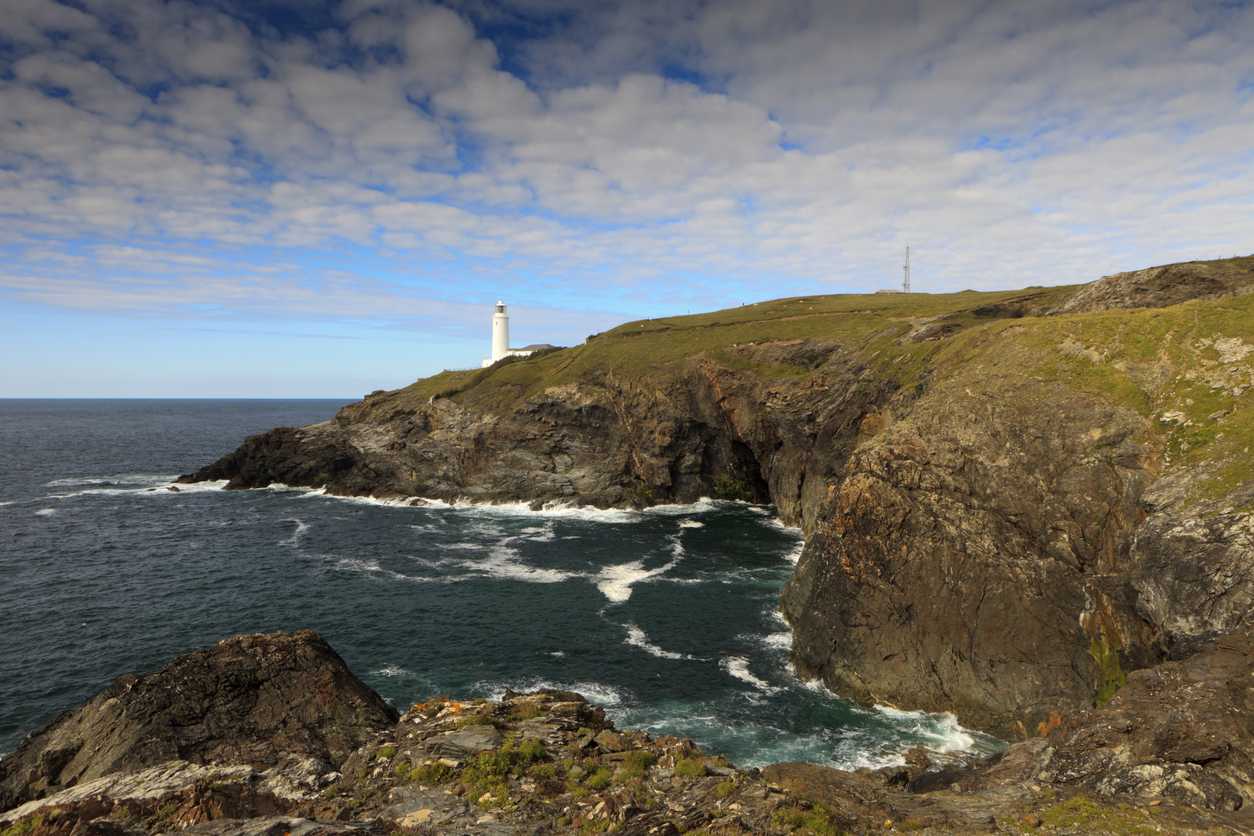
Passing Newquay’s famous Fistral Bay, from Trevose Head can be seen grey and common seals. They do not spend pupping time there, but they can be seen almost year-round. Just make sure to take a pair of binoculars!
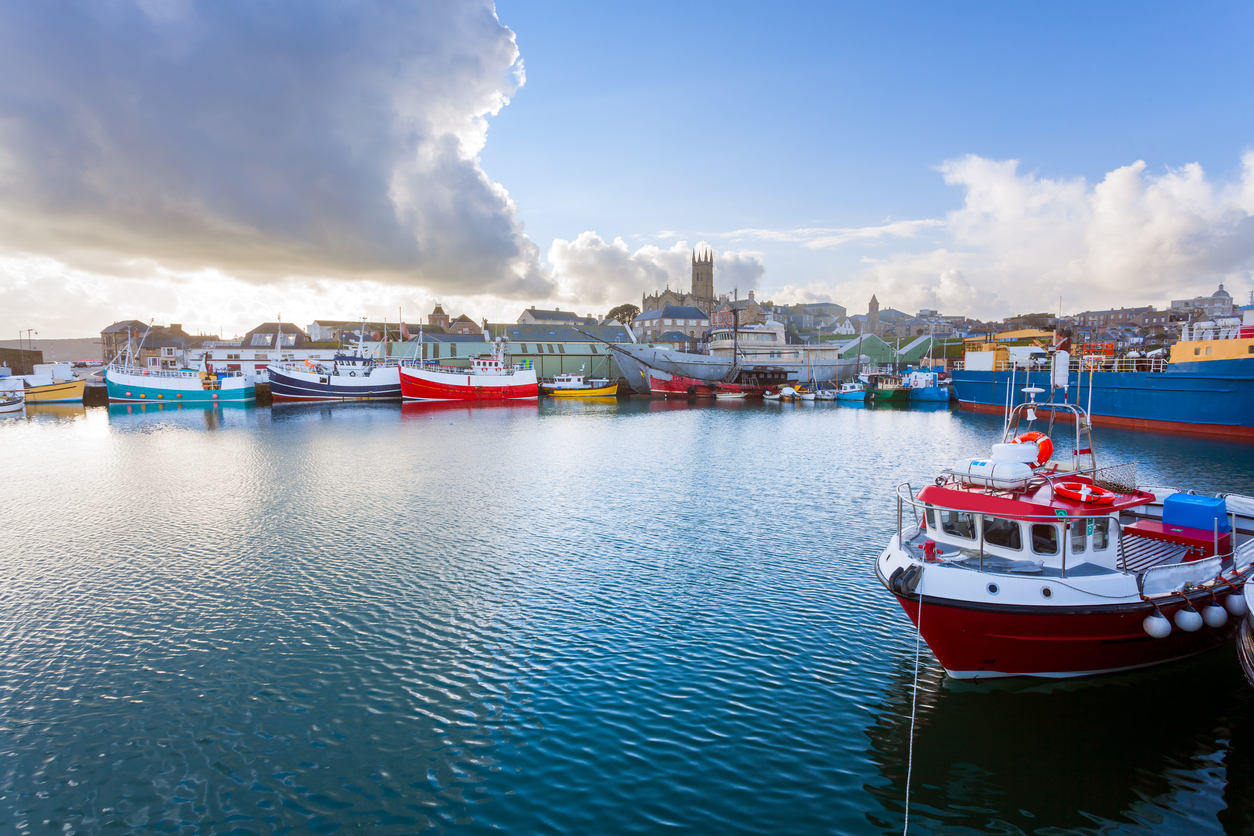
Seals can be found just up from Penzance Harbour. It is unlikely to be able to see them whilst they are on land from Penzance, but there are a variety of safaris and tours that will take you out around the coast. There you will be taken to the areas that the seals populate the most around Penzance, with some tour guides allowing you to go diving with them as well.
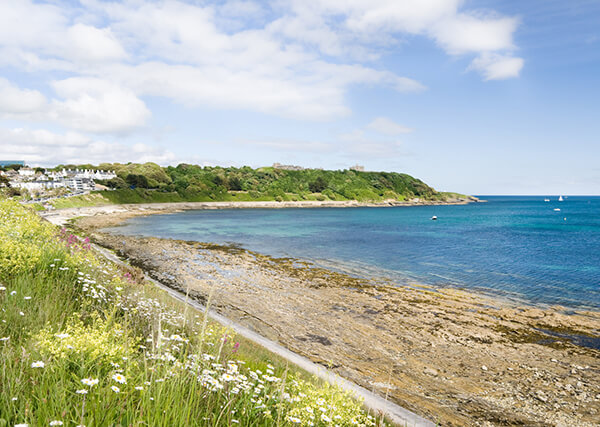
Pendennis Point is an easy-to-get-to place around Falmouth that offers beautiful views of not just the surrounding landscape, but also of the animals that call it their home. There are no high cliffs and therefore has minimal nesting birds. Seals can be seen hauled up at the mouth of the river.
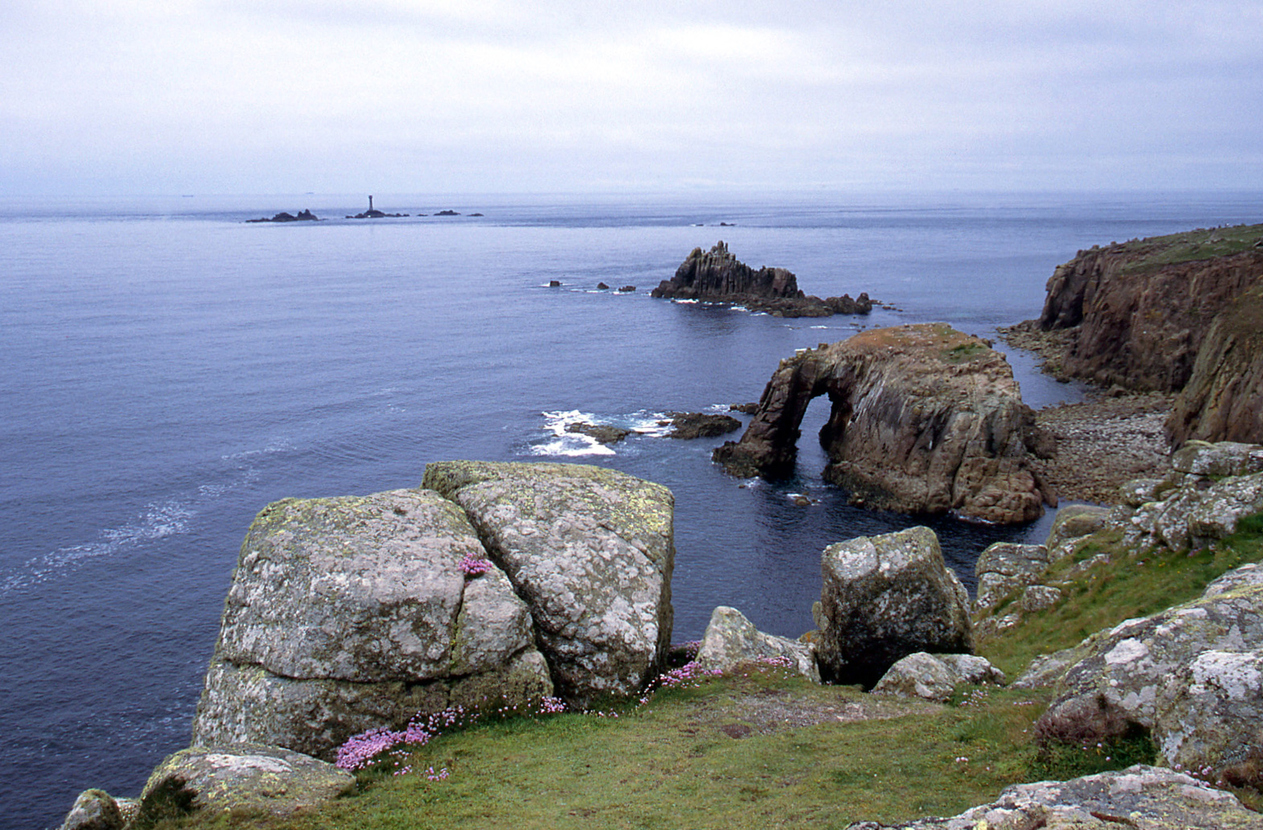
Porthgwarra and Gwennap Head is one of the best places to see marine animals and birds. Grey seals haul out underneath the Coastwatch station due to a large number of rocks underneath the cliffs. They can be seen at the bottom of the cliffs, and, with a pair of binoculars, out at sea.
you want to see wild seals in Cornwall up close and personal, your best chance is to go on a Sea Safari. The guides will know the best places to go for you to see seals and other wildlife.
You can visit The Cornish Seal Sanctuary in Gweek, which looks after rescued seals in Cornwall.
Do not disturb seals and other wildlife. They are wild animals and will harm you if you go close to them, especially if they have their young with them.
After a long day watching the Seals in Cornwall, it’s time to book some accomodation. Fortunately, we’ll save you some time and effort. Check out the fantastic variety of accommodation offered by Carbis Bay Holidays here, or get in touch if you have any questions!